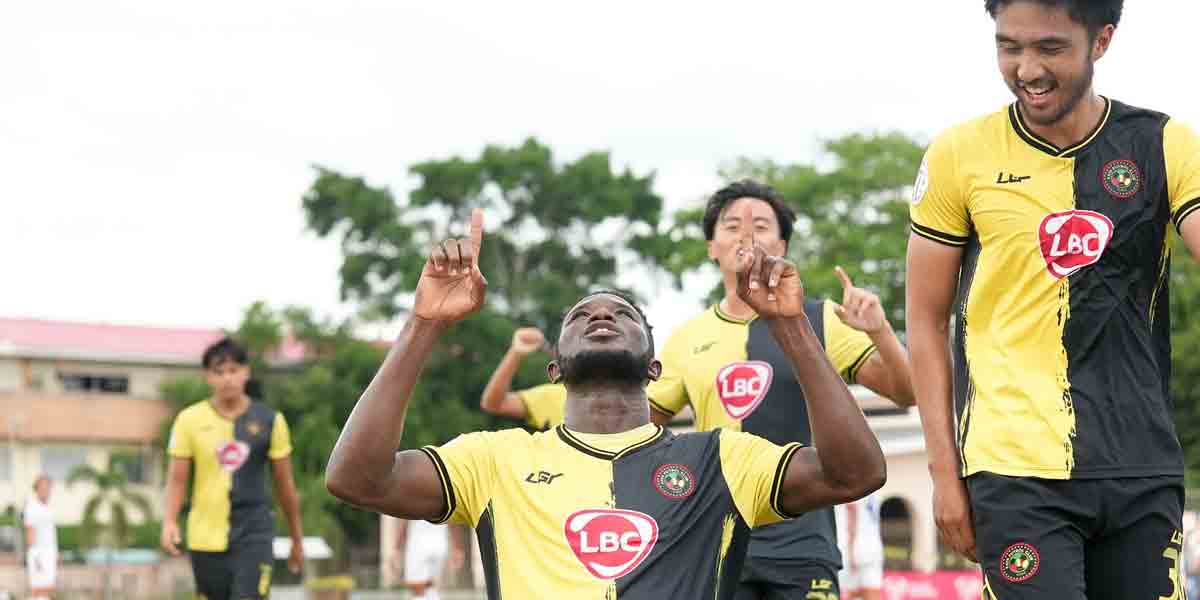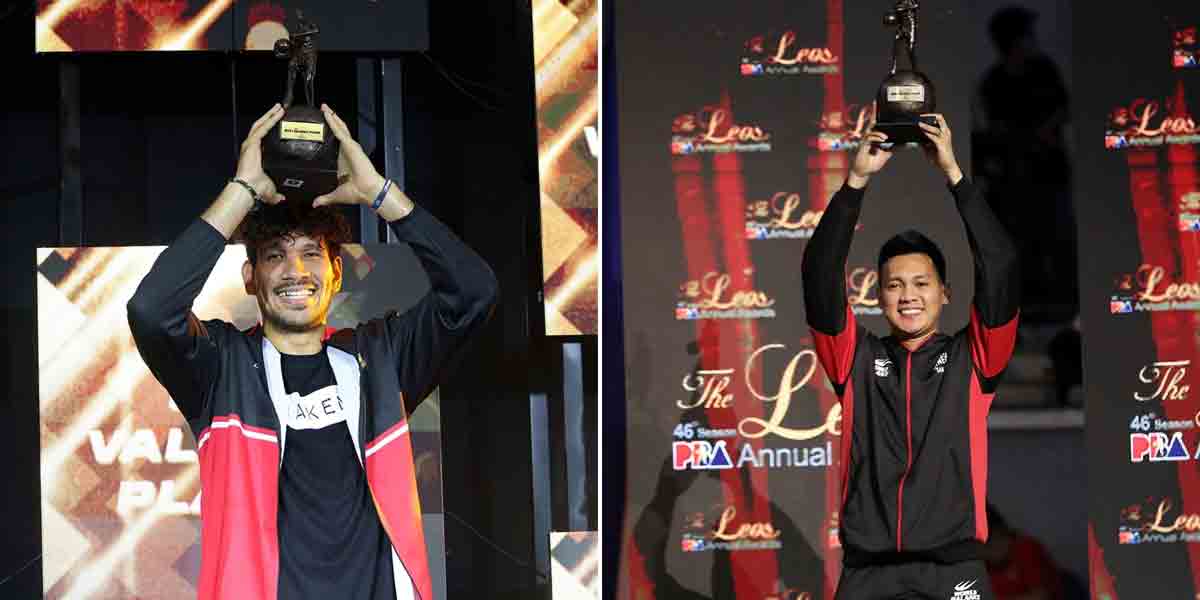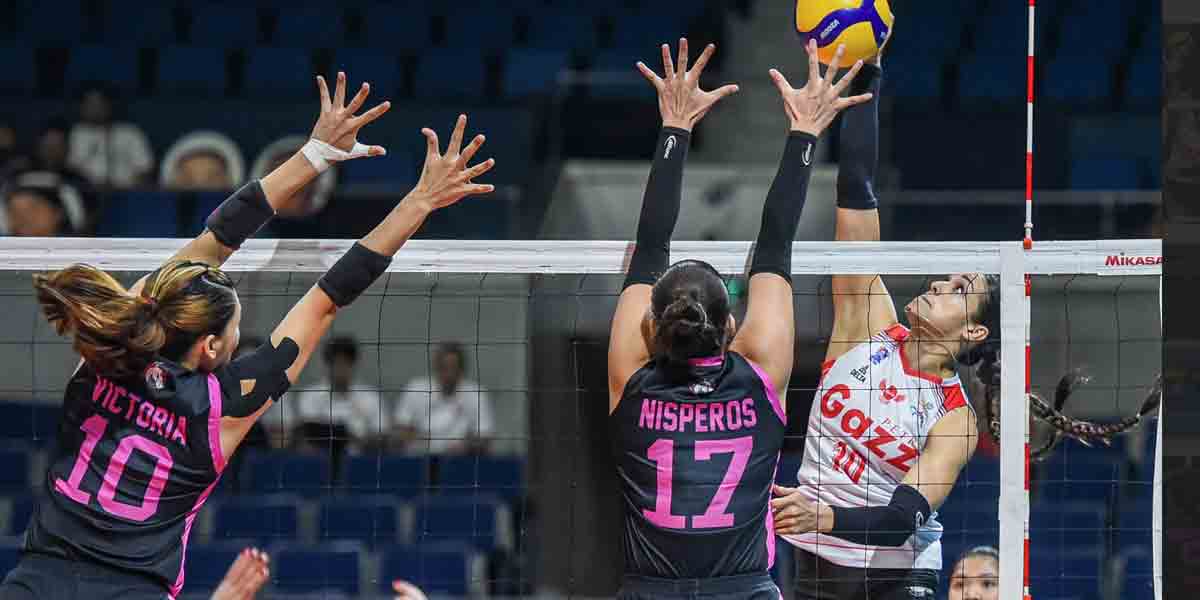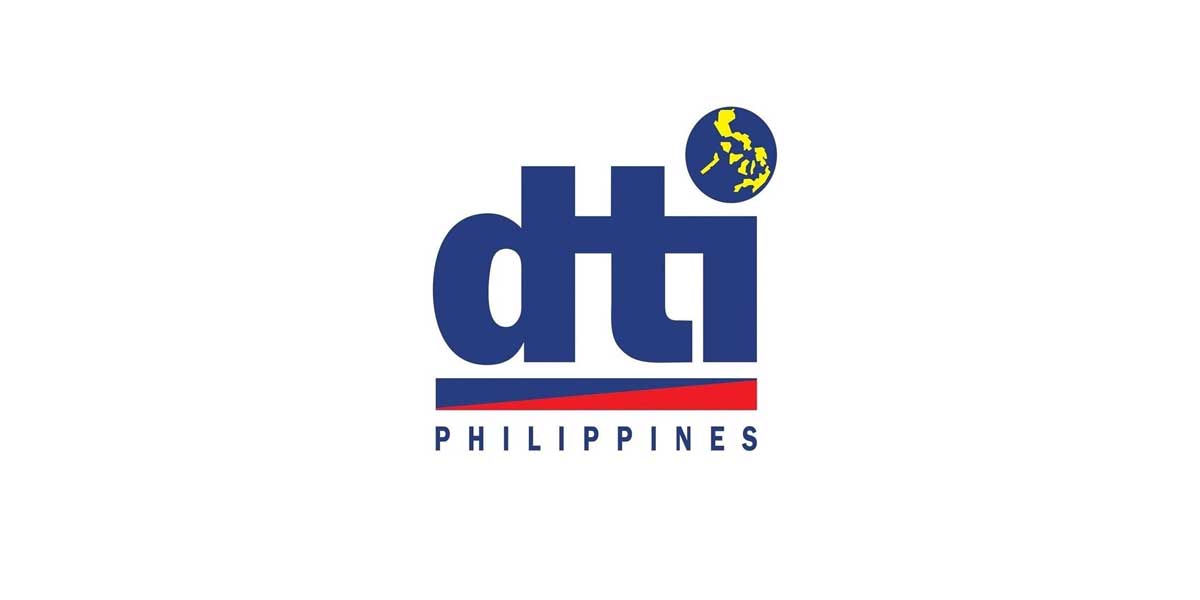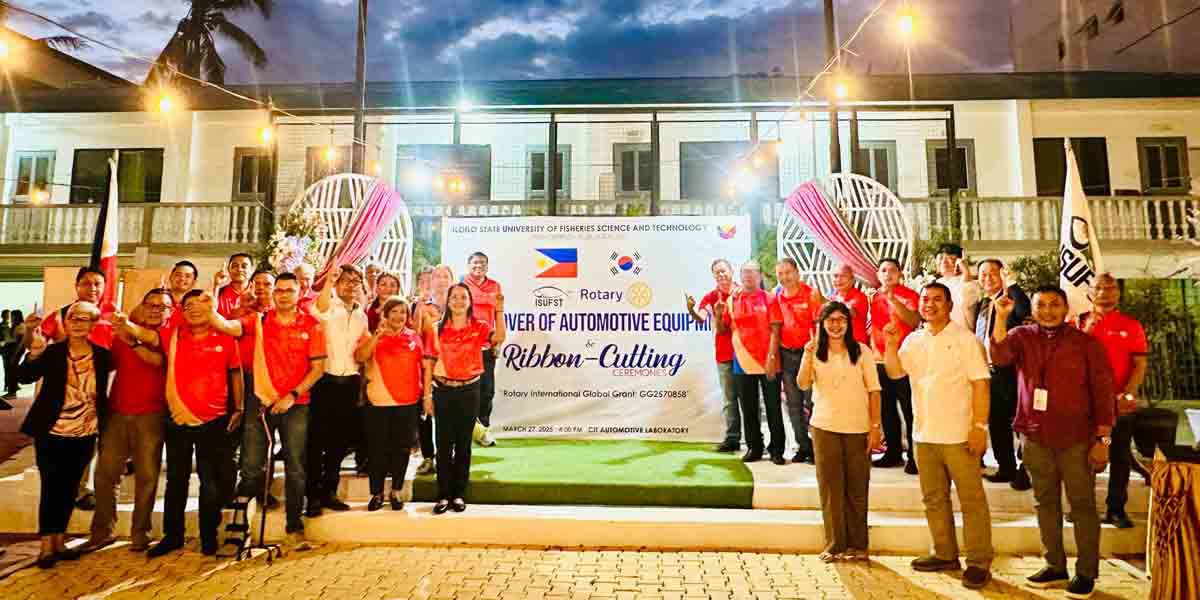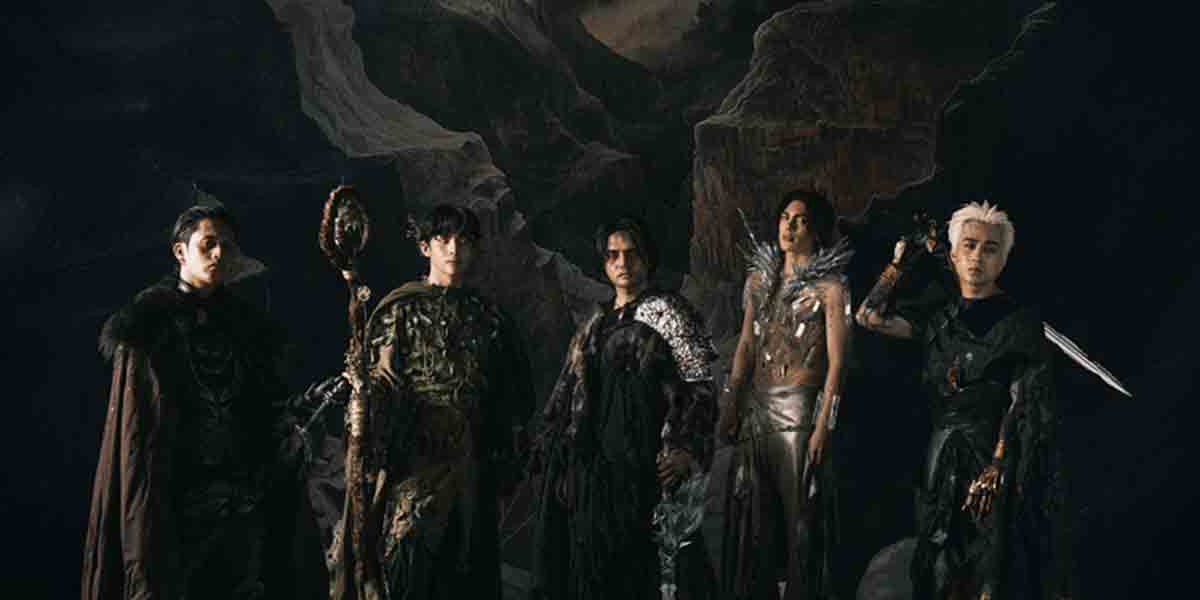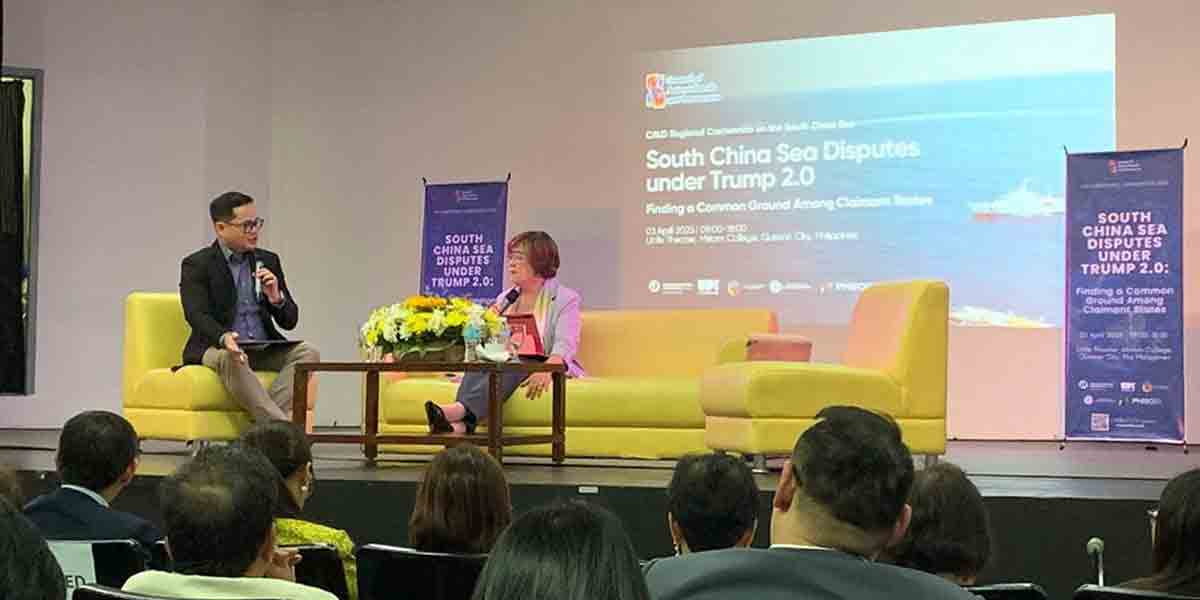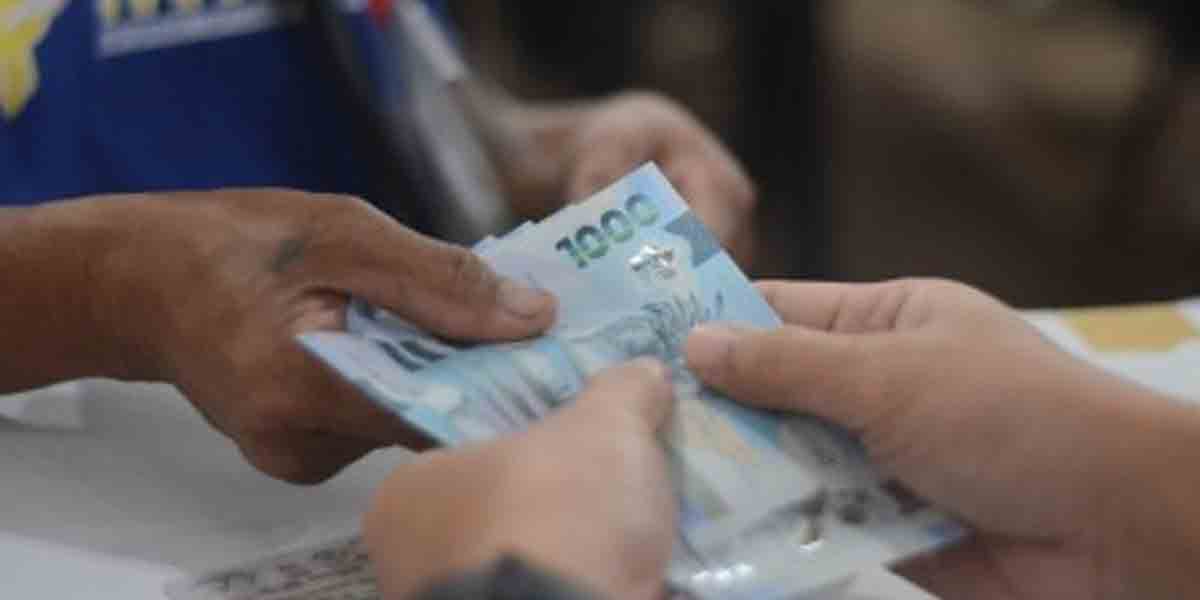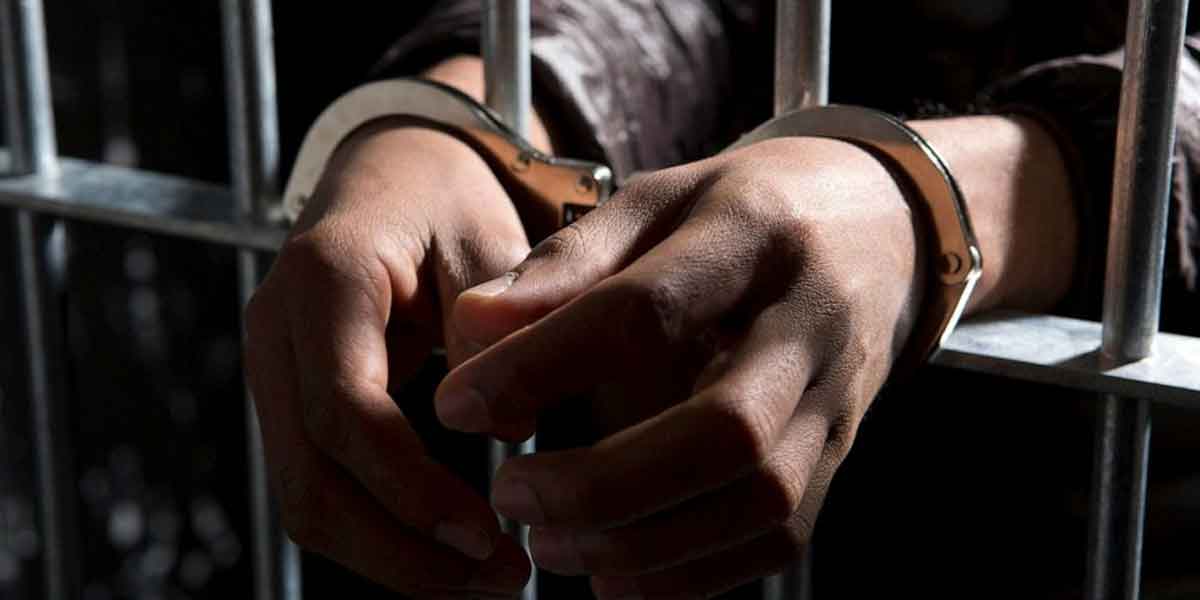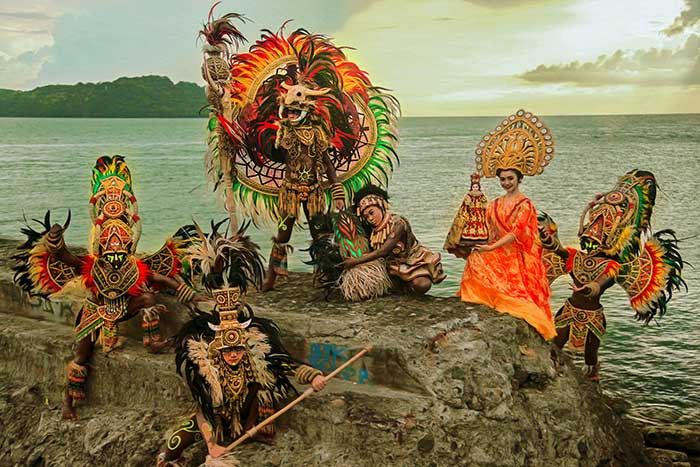
By Herman M. Lagon
Photo by Elvert Bañares
THE DINAGYANG Festival is a magnificent testament to the city’s robust cultural and religious heritage. This event, celebrated every fourth weekend of January, has become a vibrant canvas showcasing the Ilonggos’ faith, creativity, and unity. The festival’s derived name, Dinagyang, coined by the late broadcaster Pacifico Sumagpao Sudario, means “merrymaking” or “dagyang” in Hiligaynon. It aptly captures the essence of the festival—a jubilant celebration of life and devotion to the Santo Niño (Holy Child Jesus).
The theme “Pagdayaw kay Señor Sto. Niño, Padayaw sang mga Ilonggo! (Praise to Señor Santo Niño, the Ilonggos’ dance of joy!)” beautifully encapsulates the festival’s dual nature. It is a declaration of reverence for a religious icon and a celebration of the Ilonggos’ vibrant culture. The shindigs, set pieces, routines, and choreographies at Dinagyang are not just mere entertainment or aesthetics; they are a dynamic representation of Iloilo’s socio-political, economic, and cultural narratives.
The origins of Dinagyang trace back to 1968, marking the year when the devotion to the Holy Child Jesus was first introduced in Iloilo, setting the foundation for this cultural celebration. Since then, it has evolved from a parish-level religious activity into a grand festival encompassing various aspects of Ilonggo life. The Ati Tribe Competition, a centerpiece event scheduled to drumbeat this early Sunday morning, features tribes in elaborate Ati warrior costumes performing choreographed dances that reflect the religiosity of the people and the historical narratives of Panay Island, including Maragtas’ legend, the Barter in Panay. The Kasadyahan (sa Kabanwahanan) Festival, another key component set to kick off this early Saturday afternoon, brings together cultural festivals across the province and the region, each vying for supremacy in a dazzling display of local.
Nonetheless, this large-scale fiesta is a local delight and a national treasure, often hailed as the “Queen of All Philippine Festivals,” even, I dare say, “Festivals of Festivals.” It has consistently earned accolades, including multiple titles from the Association of Tourism Officers of the Philippines (ATOP) as the best tourism event. In 2023, under the tutelage of the Iloilo Festivals Foundation Inc. (IFFI), Dinagyang secured its seventh Aliwan Fiesta crown, further cementing its status as a premier cultural event in the Philippines.
Dinagyang is also a festival of innovation. From introducing carousel performances and mobile risers to creating distinct dagyang pipes, the ILOmination, the iconic festival mascot Dagoy, and the virtual festivities during the pandemic in 2021, it has continually pushed the boundaries of festival artistry and ingenuity. These innovations enhance the spectacle and influence how other Philippine festivals are celebrated.
As a tumandok (native) of Iloilo City, I have witnessed the festival’s growth and transformation for over four decades. I remember vividly taking the front seat stage wearing a feather headdress in the late 1970s with my family, whooping it up (sadsad) with tribes performing the whole day in Calle Real in the late 1980s, joining the ROTC cadets in managing crowds at the Freedom Grandstand main judging area in the 1990s, comparatively predicting “dagyang” winners using my contextualized judging matrix in the 2000s, spending evenings with my daughters watching tribes practice and splurging in countless food fests and watering holes in the 2010s, and flooding different social media platforms with the virtual and hybrid Dinagyang performances in the early 2020s. These experiences have given me and many other Dagyang enthusiasts, here and abroad, a deeper appreciation for the sweat, tears, and blood behind each performance. There is no question that the festival reflects the Ilonggos’ strong sense of community and faith. It is a celebration where the streets of Iloilo, even weeks before the competition, come alive with the rhythmic beating of drums, the vibrant colors of the costumes, and the spirited chants of the performers.
It is worth noting that over the years, various companies, barangays, and schools have emerged as champions in different Ati tribe categories, highlighting our diverse cultural heritage and talent. The competition has seen the rise of champion tribes such as Tribu Madjapahit (1970) of Compania Maritima; Tribu Mamau (1971, 1972, 1973) of Negros Navigation; Last Warriors Tribe of Panaderia de Molo (1974); Tribu Hamili (1975, 1976, 1998) and Tribu Himaya (1980) of Brgy. Gen. Hughes, Iloilo City; Tribu Atub-Atub (1978, 1982, 1994, 2000, 2003, 2004) of Barangay Veteran’s Village, Iloilo City Proper; Tribu Molave (1981, 2001, 2002) of Brgy. Veteran’s Village and Brgy. Rizal-Estanzuela, Iloilo City Proper; Tribu Binirayan (1983, 1989, 1995) of the Province of Antique; Tribu Kongo (1985, 1986, 1988) and Tribu Pab-asa (2005) of Brgy. Pali, Benedicto, Mandurriao, Iloilo City; Tribu Guimbal (1987) of the Municipality of Guimbal; Tribu Saga-sa (1990, 1991, 1992) of Saga-sa St., Brgy. Sto. Rosario-Duran, Iloilo City Proper; Tribu Panaad (1993, 1999) of Ortiz St. Iloilo City Proper, Tribu Bola-Bola (1994, 1996, 1997, 1998, 1999, 2000, 2001, 2004) of Iloilo National High School, La Paz, Iloilo City; Tribu Silak (2005) and Tribu Panayanan (2013, 2014, 2015, 2018) of Iloilo City National High School, Molo, Iloilo City; Tribu Ilonganon (2006, 2007, 2019) of Jalandoni Memorial National High School, Lapuz, Iloilo City; Tribu Paghidaet (2002, 2003, 2008, 2009, 2010, 2020) of La Paz National High School, La Paz, Iloilo City; Tribu Pan-ay (2011, 2012) of Fort San Pedro National High School, Iloilo City Proper, Tribu Salognon (2016, 2017) of Jaro National High School, Jaro, Iloilo City, Tribu Lapaz-Paghirupay (2022) of La Paz District, Iloilo City; and Tribu Parianon (2023) of Molo District, Iloilo City.
Note further that since the inception of the Aliwan Festival Dance National (Street Dance) Competition in 2003, Dinagyang has emerged victorious seven times. These victories came in 2004 (Tribu Atub-Atub), 2010 (Tribu Paghidaet), 2011 (Tribu Pan-ay), 2012 (Tribu Pan-ay), 2013 (Tribu Panayanon), 2017 (Tribu Salognon), and in 2023 (Tribu Parianon). Only the famed Sinulog Festival of Cebu, with four championships in 2006, 2007, 2008, and 2014, stands as Dinagyang’s closest rival.
Nonetheless, in this year’s Ati competition commencing on early Sunday morning, each participating tribe—be it Tribu Ilonganon (Jalandoni Memorial National High School), Tribu Mandu-riyaw (Mandurriao National High School), Tribu Paghidaet (La Paz National High School), Tribu Pan-ay (Fort San Pedro National High School), Tribu Salognon (Jaro National High School), Tribu Sigabong (Ramon Avanceña National High School), Tribu Silak (Iloilo City National High School), or Tribu Taga-Baryo (Bo. Obrero National High School)—i is poised to infuse the festival with its usual distinctive flair, weaving together a vibrant and diverse mosaic of cultural expression that enriches the event
As the Dinagyang Festival reaches its zenith on January 28, the streets of downtown Iloilo is all set to come alive with the vibrant and now social media viral “Sadsad” right after the Dinagyang Ati showdown. This is a spectacular display where tribe warriors, drummers, revelers, and devotees enthusiastically stomp their feet in unison at Calle Real to the energetic beats of percussions and windpipes, expressing their reverence for the transcendent or simply as part of a joyous escapade. Right after this, of course, everyone is invited to indulge and unwind in style in the scores of food fests and concerts scattered all over the metropolis until after midnight.
The continued success and dominance of the Dinagyang Festival are collective achievements resulting from the tireless efforts of performers, choreographers, artisans, organizers, sponsors, and the community. It is a celebration that transcends the physical boundaries of Iloilo, reaching audiences nationwide and worldwide through live streams and digital platforms. The festival has not only adapted to the challenges posed by the pandemic but has thrived, showcasing the resilience and adaptability of the Ilonggo spirit.
No less than good friend Eric Divinagracia, the Creative Director of Dinagyang 2024, captures the essence of this Ilonggo tradition with his words: “‘Kabay nga ang aton padayaw aton pagdayaw.’ Let the core of our creativity and celebration be our devotion to Sto. Nino.”
True enough, as Dinagyang continues to evolve, it remains anchored in its core values—devotion to the Divine and a celebration of Ilonggo heritage. It serves as an emblem of cultural heritage, attracting people worldwide to explore the distinct allure of Iloilo City. Dinagyang is not just a festival but a living, breathing embodiment of Iloilo’s history, culture, and faith—a vibrant heartbeat expression of the Ilonggo way of life, a grand showcase of community spirit, a celebration that everyone can take pride in, and a festival that continues to inspire and unite people in a dance of joy and devotion. Hala bira, Iloilo! Dagyang, sadsad ‘ta!
***
You may review my previous Dinagyang-related columns by refering to the following links:
Dinagyang: Festival of festivals! (July 19): https://shorturl.at/oqSUY
A ‘dagyang’ of faith and devotion (January 23): https://shorturl.at/kpP05
Dagoy, a cultural icon (January 24): https://shorturl.at/isuL7
Where to ‘dagyang’? (January 25): https://shorturl.at/drtv8
The joy of Kasadyahan (January 26): https://shorturl.at/ehGW8
***
Doc H fondly describes himself as a ‘student of and for life’ who, like many others, aspires to a life-giving and why-driven world that is grounded in social justice and the pursuit of happiness. His views herewith do not necessarily reflect those of the institutions he is employed or connected with.









